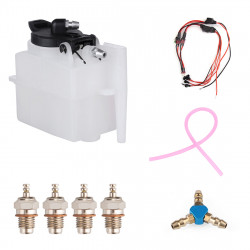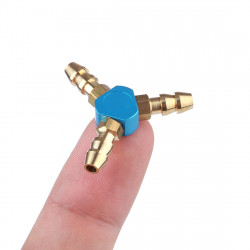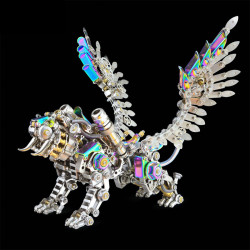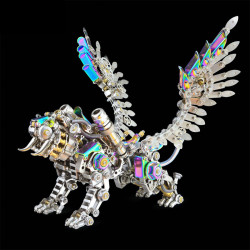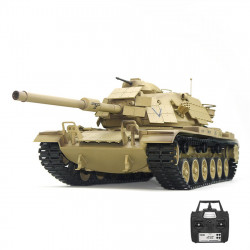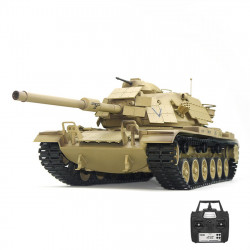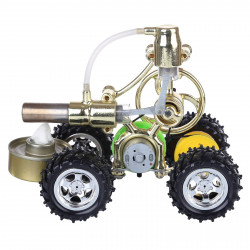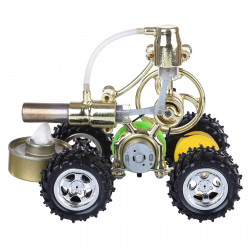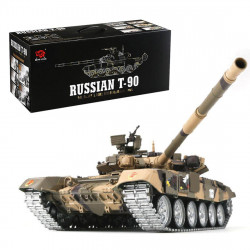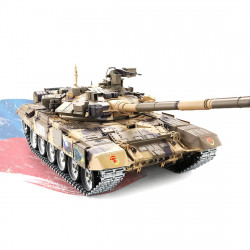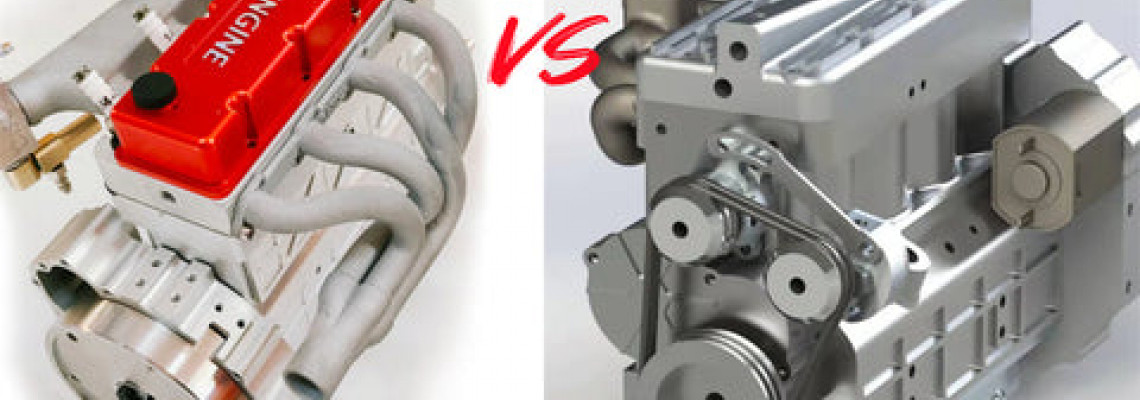
What is the difference between OHV, OHC, SOHC and DOHC engines?
Overhead Valve Bottom Camshaft, or OHV for short, is a configuration in which the valves are positioned at the top of the cylinder and the camshaft is positioned at the bottom.
An overhead camshaft, or OHC for short, is a camshaft mounted at the top of the cylinder. The acronym for this is OHC or overhead camshaft timing chain air distribution.
Single overhead camshaft air distribution is known as SOHC. Single overhead camshafts (SOHCs) are used when a single camshaft at the top of the cylinder is in charge of simultaneously opening and closing the intake and exhaust valves.
DOHC, which is typically multi-valve, is the double overhead camshaft gas distribution. A double overhead camshaft (DOHC) is a cylinder with two camshafts at the top that are in charge of opening and closing the intake and exhaust valves.
The camshaft's location is the primary distinction. The Overhead Valve is referred to as OHV. OHV refers to a pushrod engine with the camshaft in the cylinder block, even though nearly all contemporary automobile engines have valves in the cylinder head. The camshaft is positioned inside the cylinder head, or OHC for short. DOHC stands for Double Overhead Cam and SOHC for Single Overhead Cam.
Which is superior? The argument is always intense. While newer automobile aficionados claim that nothing compares to the twin-cam (DOHC), muscle car fanatics will cling to an antiquated pushrod. Every design has advantages and disadvantages.
